 It’s hard to credit in this era of 12 or 13 Test matches per calendar year by all the major Test sides but Australia did not play a single senior international in 1977. In those amateur days times were very hard, cash was short and never before or since has Union been more threatened in Australia by Rugby League.
It’s hard to credit in this era of 12 or 13 Test matches per calendar year by all the major Test sides but Australia did not play a single senior international in 1977. In those amateur days times were very hard, cash was short and never before or since has Union been more threatened in Australia by Rugby League.
Remarkably, however, the re-birth of Australian rugby can be traced back to that nadir and the bold decision of the Australia Schools Union, aided by the ARU, to raid the piggy-bank and send a bunch of untried youngsters on a tour of Japan and the Home Unions with pit-stops in France and Holland. It was a gamble but the result was the unexpected flowering of possibly the greatest ever generation of Australian rugby talent and a series of command performances that redefined how rugby could be played. At all levels.
The three Ella brothers – twins Mark and Glen and younger brother Gary – lit up the Aussie Schools back division with their telepathy, quick hands and short, crisp no-look passing but consider also that back division also included future Wallabies captain Michael Hawker and two Rugby League legends in the making – wing Michael O’Connor utility back Wally Lewis, above. Up front Tony D’Arcy was to become a World Cup winner while Shane Nightingale, Chris Roche, Dominic Vaughan and Anthony Melrose all become Wallabies of some stature.
Melrose, who like many of the squad played as much Rugby League at school as Union, captained the squad who were untouchable on their 16-match tour, amassing 533 points and conceding 97 while they outscored their opponents 110 tries to six. Although tasked by coach Geoff Mould – the Ellas’ school teacher and coach at Mattraville HS – to keep the ball in hand at all costs it was the aborigine Ella brotherhood that undeniably brought a sense of the mystic. They were the X-factor.
Former England great CN Lowe quickly decided Mark was the best fly-half he had ever seen and travelled far and wide to watch the Aussies on tour, JBG Thomas on the Western Mail opined that Glen was a miraculous full-back and genius “who could do no wrong with the ball in his hands with every movement underplayed by a natural grace that belied the difficulty of what he is doing.” And despite all that it was the ‘kid’ Gary, used mainly at centre, who was voted player of the tour.
All three won senior caps although it was Mark who made the biggest impact, redefining fly-half play, before stunning the rugby world and retiring from Test rugby at the age of 25 after starring in Australia’s Grand Slam tour of Britain and Ireland in 1984 when he scored a try in all four Tests. A falling-out with coach Alan Jones is sometimes cited as the reason although Ella has never commented definitively. He made a brief comeback in Italy at the end of the Eighties with Milan alongside kindred spirit David Campese and then coached the club to two Italian titles.
Mark Ella essentially invented the flat ball and stood closer to his scrum-half than any fly-half in history. As he once explained: “Generally, I stood about five metres from the half-back and about four metres behind him. According to the old formula for the right-angled triangle, this means I was no more than three metres wide of him. When receiving the ball you must be almost abreast of the player passing to you. Because rugby laws require that players pass the ball backwards, standing flat makes it easier for the ball carrier to run ahead of his support, thus bringing them back into the game.”
Despite attempting to keep them out of the limelight presswise the Ellas were the “story” scoring 24 themselves and being involved in some way in all but a half dozen of the team’s tries. They were unusual to say the least. Their great grandfather Alfred Ella was English for a start, one of the first white men to marry into the Aborigine community, and it was his grandson Gordon who raised a family of 12 with his wife May in the Aborigine suburb of Perouse, described once as Sydney’s Soweto. The three Ellas often slept on a single mattress at the foot of their parents bed, no wonder they seemed to poses a sixth sense as to what the others were going to do.
Generally they were inseparable – except for the final Aussie Schools trial at the TG Milner Field when the twins were lined up for the Possibles against Gary in the Probables. The night before they refused to talk to each other at a social function and the first action of the game was Gary putting Glen into the grandstand with a piledriver of a tackle. It says much for Australia’s strength in depth that the Possibles won the match 6-3 – two penalties to one – which hardly hinted at the try-fest ahead.
Although all were selected for the tour is seemed most unlikely they could raise the A$750 each required to fund the trip until, right at the death, when a mysterious benefactor named Harry Ella sent a cheque to the school covering the total cost. The Ellas left a thank-you letter with the school to try to forward but he has never been traced. Rugby as well as the Ellas are in his debt.
Following an intensive fitness camp at Waverly, a bit of novelty in those days, the young Wallabies headed for Tokyo, where they beat Japan, and then onto Paris, via Moscow, where their match against Paris University was frozen off and they retired to the university bar for a night of eating and drinking. The tour manager, Catholic priest Father Bob Wallace from St Edmund’s College, had no problems treating his team like adults. After all they played like grown-ups.
On arrival in Britain they gorged themselves on tries, only being truly tested on a couple of occasions. An inspired Ireland Schools gave it a lash at a sodden Thomond Park but were eventually beaten 12-10 and undone by an intricate midfield move straight from the Mattraville playbook. Mark Ella passed the ball to Melrose at centre who stood still in midfield as the fly-half looped round him. Meanwhile from outside centre Gary cut a line in the opposite direction while just when it seemed Melrose would be clobbered he popped a sumptuous short ball to Glen who sliced through untouched for a try that defied the conditions.
“We had never encountered anything like them up in the Northern Hemisphere and they played a style of rugby we hadn’t seen on the TV at senior level either,” recalls Phil Matthews who captained Ireland that day. “We raised our game two or three levels and defended like dogs, our backs were incredible in defence. The weather and conditions were atrocious and still the Aussie Schools kept true to their running philosophy.
“That key try was one of those moments that even in the heat of battle you are tempted to stand back and just applaud the opposition. How did they do that? The next time I came up against Mark Ella was on my senior Test debut six years later when he scored a try and kicked two dropped goals in their 16-9 win en route to a Grand Slam. I never played against him again. He was pretty special all right.”
Onwards. Against North Wales, when the Aussies led 18-0 at half-time, Mould took Glen Ella off but thinking he needed to do more to cement his Test place he swapped jerseys with twin Mark in the changing room and played the rest of the game engineering a 66-0 win.
The triumphant march culminated with a visit to Twickenham to play England who had won their last 15 Schools internationals. Over 25,000 tickets had been sold in advance but come the day south-east England was enveloped in a freezing fog reducing visibility to 20 yards. The game should have been cancelled but Australia were on the ferry to Holland the next morning for a final game before flying home so it went ahead anyway. Mark Ella, for the only time on tour, hoisted a Garryowen at the first opportunity purely for a laugh but Australia soon knuckled down to win 31-9 and seven tries to nil, their flat short passing in midfield proving particularly effective given the conditions.
When they finally returned to Sydney the brothers were reportedly a tad disappointed not to find a write-up in the Sydney Herald sports section. It was only sometime later that May pointed to the front page – and the huge banner headline ‘Invincibles Return’ – that they realised the full impact the tour had made.




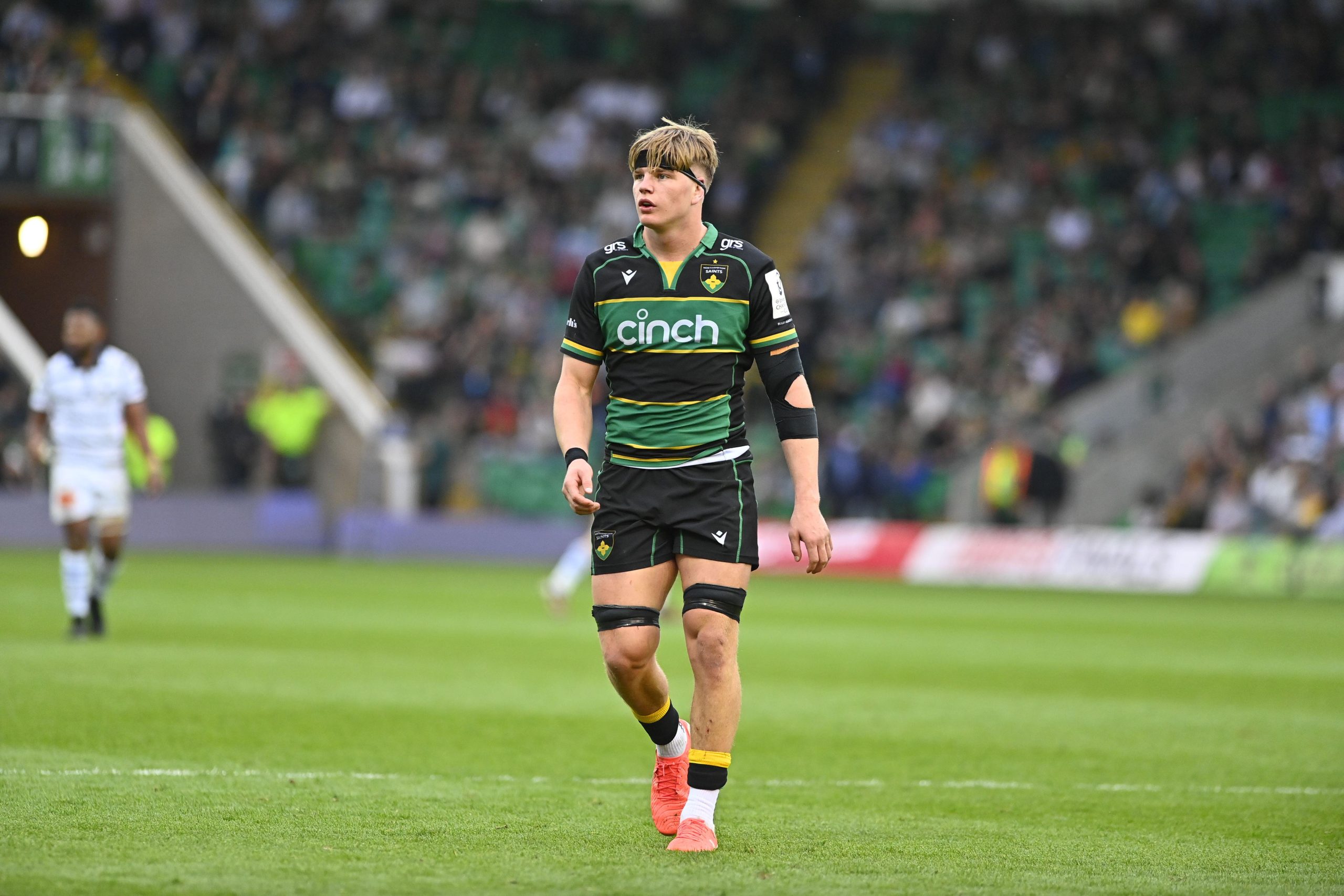



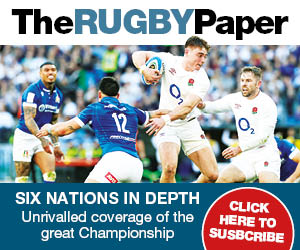

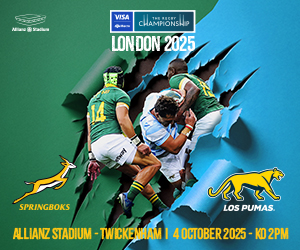


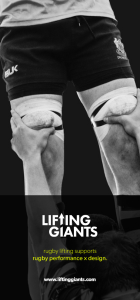








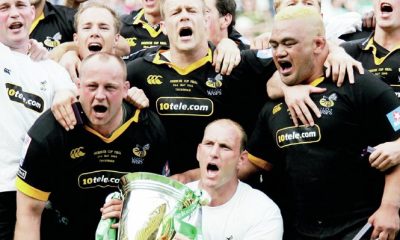

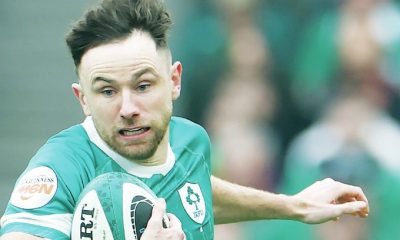

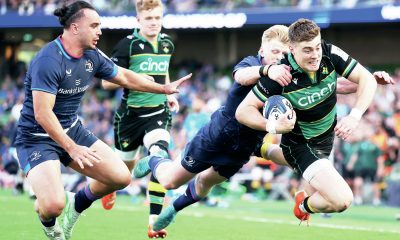

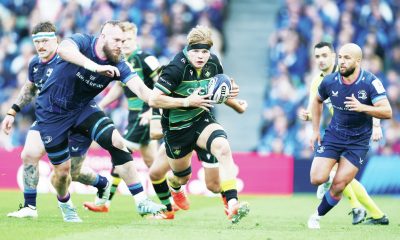

You must be logged in to post a comment Login